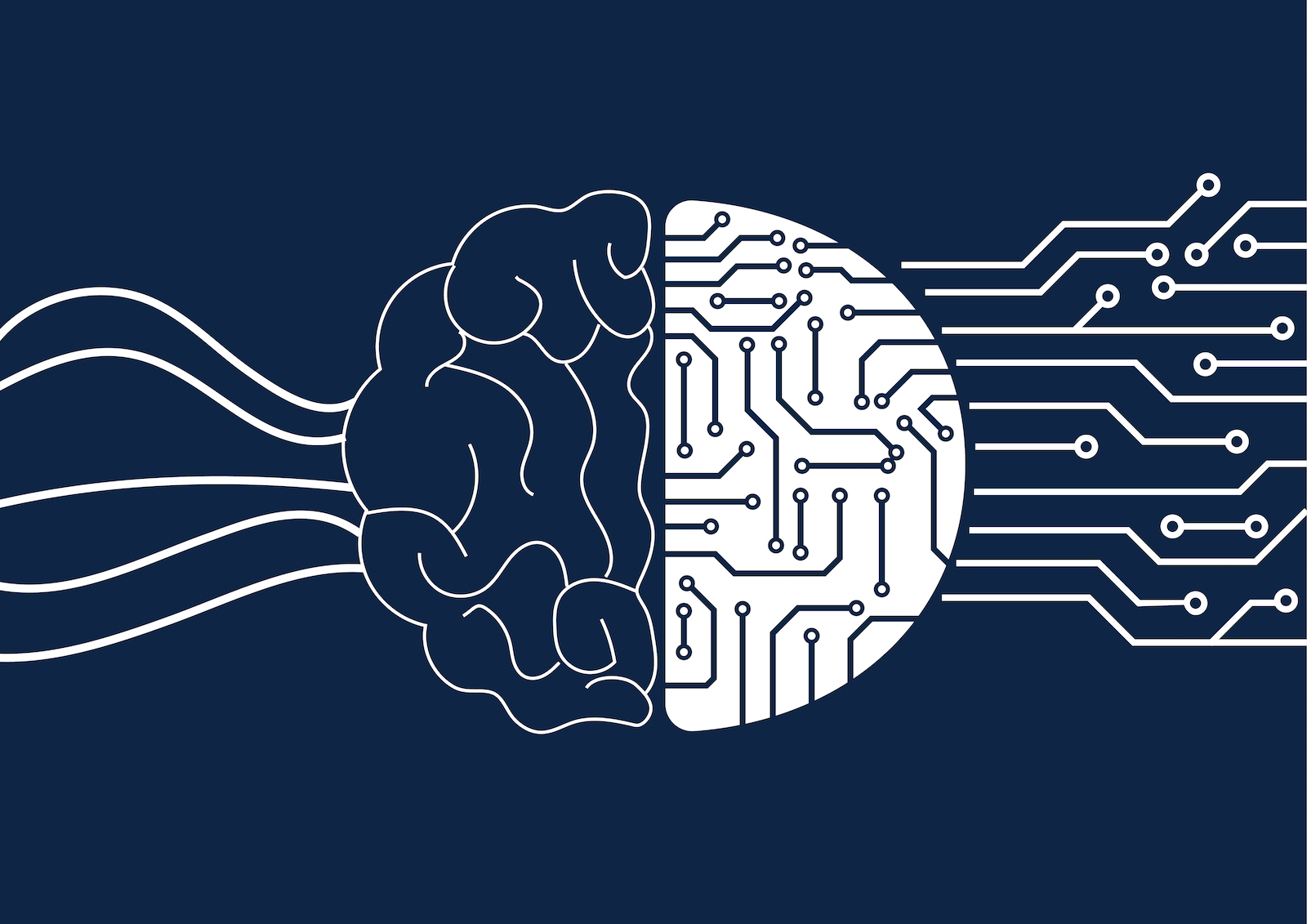ENGAGING THE WORKFORCE IN DIGITAL TRANSFORMATION
After speaking to managers and employees on the frontlines of the digital revolution in several key industries, we have observed two clear findings.
First, across many organisations and industries, the digital revolution is in its early stages.
It has yet to have the profound positive or negative effects that many futurists and technology optimists or pessimists predicted.
In one way, this is an advantage, since our second observation is that there are early warning signs that the strategies and processes needed for effective management of technological innovations are not yet well developed in many organisations.
Significant changes in design and implementation will be needed if technology is to realise its full potential and improve productivity, generate a favourable rate of return, and improve work outcomes.
How to better manage the digital transformation process to improve operations, productivity, and the customer experience?
In the past, a sequential approach has dominated, characterised by the divergence between business targets and workforce strategies.
Vendors develop products, sell them to Chief Technology Officers or Chief Information Officers through what are often antagonistic negotiations (neither side fully understanding the other), and then managers struggle to integrate the new technology with their workforce to achieve business objectives.
An integrated model that links the design of a digital strategy with the design of the workforce for the future right from the beginning.
This new integrated “technology-work design-engagement model” gives companies from various industries, such as transportation, energy, technology, insurance and consumer goods, a better shot at successful transformation and improving productivity.

Current blindspots
Organisations talk about agility and cross-functional teams, but rarely apply this thinking to engage the workforce in design or implementation.
Ideally, the Chief Digital Officer (CDO) is a key enabler of this kind of engagement, assuming he or she has the skills to interpret technological innovation and understand the organisational processes needed to successfully implement technologies.
The CDO is in the hot seat, right at the centre of the integrative process, but the reality is that in most companies the role is not well defined.
In the new integrative model, collaborative design – engaging vendors, workers, and managers – merges technical and business knowledge and applies it directly to business operations.
Design considerations include work processes, and how technology can augment human inputs.
These are they key features of this new approach:
-
Integrated process directly relating workforce strategies with business strategies
-
Continuous and multidimensional training to prepare for new technologies and embed optionality
-
HR and the workforce help to define the problem, solution options, and workforce adjustments
-
Interrelated workforce strategy development building on worker engagement
Waiting until a new technology is being introduced to retrain the workforce is too late. Instead, firms that want to be proactive in digitising operations need to educate and train workers on a continuous basis so they have the analytical and social skills.
By that we mean the ability to add value to discussions about how to use digital technologies to improve operations and change work processes, and changing the skills required to work productively with new technologies.
I have repeatedly heard from industry experts that training and retraining needs were at best considered late in the development-implementation cycle, and sometimes even as an afterthought – or an item for HR to address.
In other words, despite the need for talented and digitally savvy workers, reskilling and upskilling of the workforce is currently a blind spot for many companies.
There is insufficient advanced training and retraining of the workforce to prepare for technology implementations.

Ingredients to successful transformation
A successful digital transformation incorporates the following organisation, collaboration, and workforce elements in a new, holistic model:
1. The CDO serves as the system integrator and change process facilitator.
2. Sufficient workforce training and investments are made prior to the implementation process to ensure the workforce has the skills and the cultural willingness to work effectively with digital technologies.
3. Vendors, and internal firm managers and workers, jointly define the problems and opportunities that digitisation might address.
4. Design teams consider systemic process changes and changes that can both augments how work/tasks are currently performed, and the changing skills required of the workers who will carry out the tasks that remain after the digital transformation is put in place. This will be a long-term, not a one-time change process.
5. The workers, managers, and professionals closest to the work that will be digitised and transformed are brought into the design and implementation process right from the start. Be cognisant of the Japanese phrase, “It is workers who give wisdom to the machines.”
It is imperative for companies to act swiftly, so that their organisations do not fall behind the best collaborative competitors in their industry.
SOURCE: HRMASIA
|
Training Program
INTERNATIONAL HUMAN RESOURCE MANAGEMENT/IHRM
Internationalize the human resource management capabilities of HR professionals in Vietnam
Opening Date: March 14, 2019 in HCMC
Opening Date: March 21, 2019 in Hanoi
|








